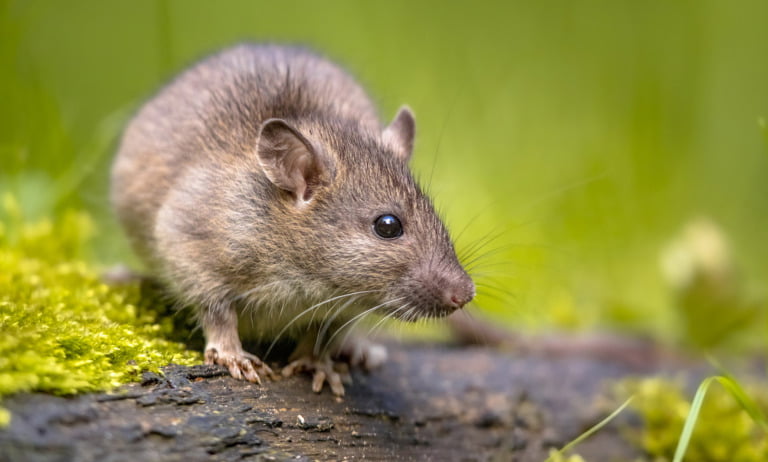
The Norway rat is known throughout the world. Let's look at the story of the rodent, and especially the origins of its name.
Rattus norvegicus is known by many names such as the brown rat, common rat, sewer rat, Hanover rat, Norwegian rat, city rat, water rat and wharf rat. But it's most commonly known as the Norway rat.
Wild Norway rats are considered pests. They live in many parts of the world, often in close proximity to humans. The rodents are known for invading and damaging property, attacking supplies of food and of course, spreading disease.
First things first, let's address the most obvious question.
Table of Contents
Is the Norway rat from Norway?
Given the name, this answer may surprise you. No, the Norway rat did not originate in Norway. Most researchers and historians believe the rodent originated in Asia.
So, that leads to an obvious follow-on question: how did the Norway rat get its name? The answer is fairly simple. The rats arrived in England on ships from Norway in the 18th century, so the English named them “Norway rats” and the name stuck.
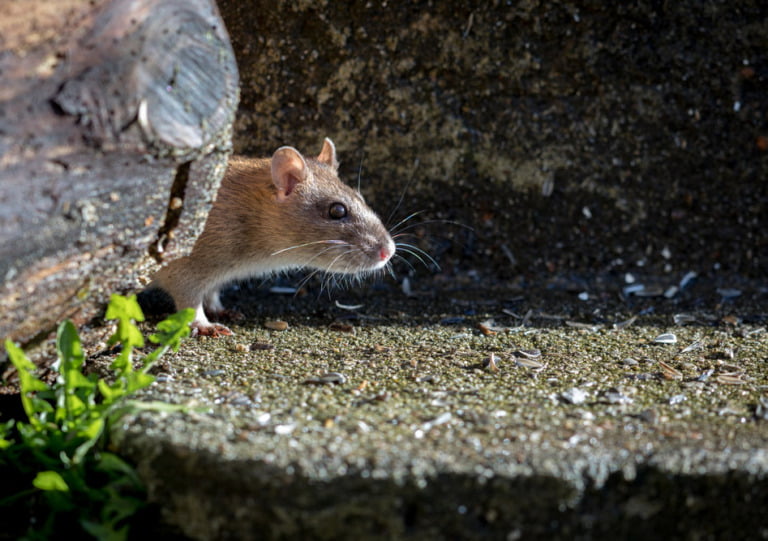
However, the species had arrived in Europe from Asia via Russia hundreds of years before that. Remains of the species have been discovered at archaeological sites as far back as the 14th century.
What does a Norway rat look like?
If you've seen a rodent recently and wondering what species it is, this may help. Norway rats have mostly bristly brown fur, with some black hairs. They are lighter on the underside.
Read more: Viking Cats: The Preferred Pets of the Northmen
Expect a typical Norway rat to be between 7 and 9 inches long, with small eyes and ears. Their tails are shorter than the length of their head and body coupled together.
Life of the Norway rat
Norway rats are incredibly adaptable creatures. They live in almost all of our planet's land environments with the exception of deserts, tundra and polar ice. Their physical resilience and omnivorous diet help them adapt.
Despite this adaptability, Norway rats have poor vision and are colourblind. Their other senses compensate for this, however. The rodents are also adept runners, climbers, jumpers and swimmers.
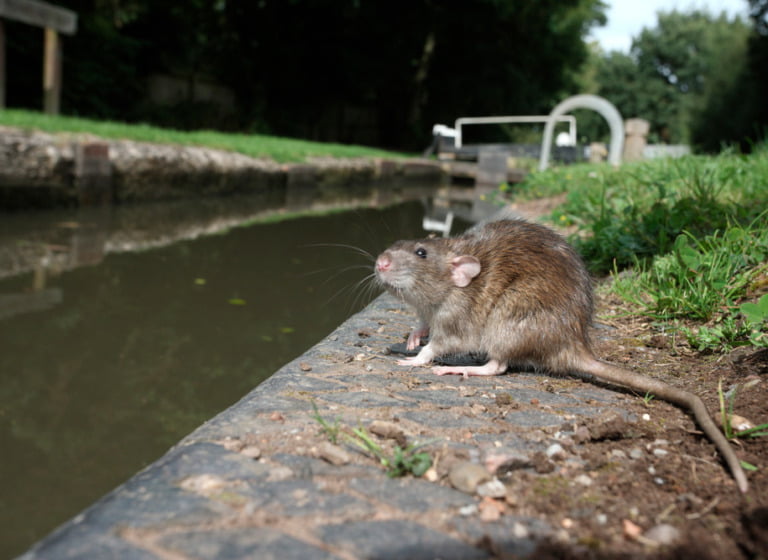
Outside of built-up areas, the rodents prefer to live in fields, farmlands and other structures. The soil near riverbanks are common homes, as are piles of garbage and wood and areas close to railway embankments.
When food sources become scarce in the autumn, Norway rats are much more likely to enter homes.
Read more: The Norwegian Elkhound
Food is the reason that Norway rats often lives in close proximity to humans, especially in densely-populated cities. Because they often inhabit sewer systems and invade and feast on garbage, the rodents are often seen as dirty animals.
But the reality is that Norway rats constantly groom themselves. They are actually very clean animals. However, they are carriers of numerous diseases that can be a danger to humans.
Health risks of the Norway rat
The Norway rat can pose a serious threat to human health because of the various pathogens and parasites it can carry.
Rat bites can transmit bacterial infections to humans, but that's not the only way. Contact with the rat's urine can also spread infection, as can fleas that move from rats to humans.
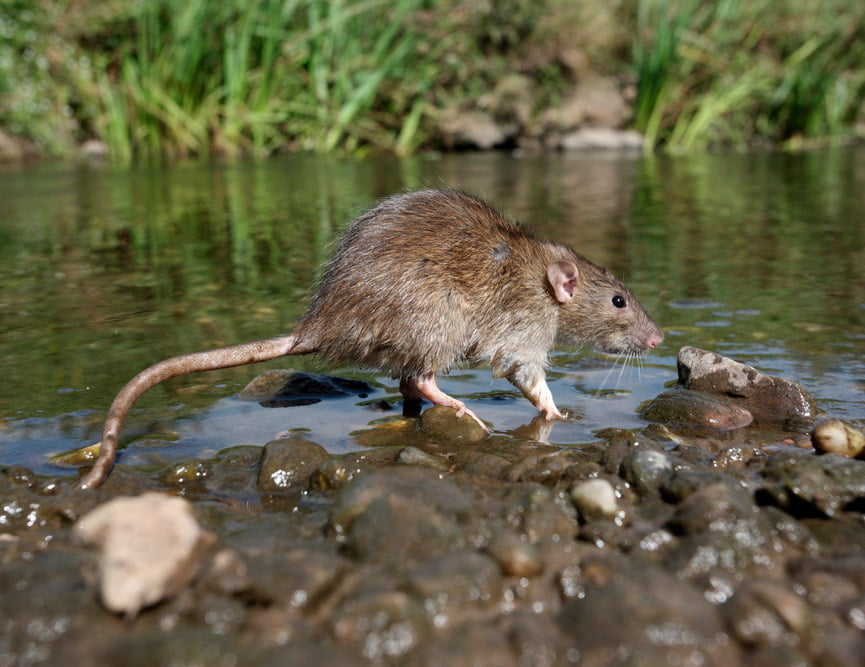
How do I get rid of Norway rats?
If you are trying to eliminate the risk of disease and damage from brown rats, you're not alone. Humans have strived to do this for centuries, leading to the development of a thriving pest control industry.
Norway rats reproduce quickly and produce up to six litters a year. This means taking proactive measures is important to prevent an infestation from getting out of hand.
Traps, rodenticides, biological control, reproductive inhibition and ultrasonic devices are common methods used today.
Older toxic compounds are not common anymore. Rats quickly develop an aversion to substances that have caused illness, and in any case the substances can pose a risk to other animals and humans.
The best advice if you're suffering from an infestation of Norway rats? Call a qualified professional in your area.
Domestication of the laboratory rat
Descended from wild Rattus norvegicus, the laboratory rat was the first mammal domesticated for research purposes.
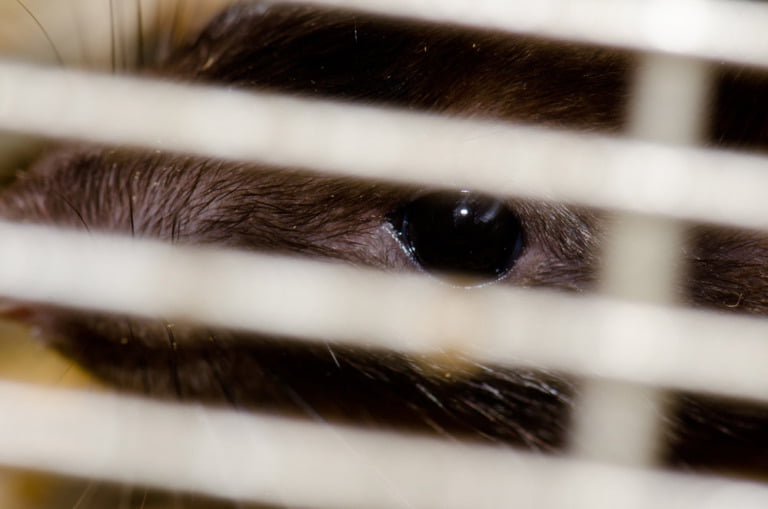
It is now widely used in fields including neuroscience, physiology and toxicology. They account for almost 15% of all research animals in Europe, second only to mice. Such is their association with research, the phrase “lab rat” is commonplace in other contexts.
The lab rat thrives in captivity. Its domestication has produced many different types of rat that are used for a range of purposes such as behavioural studies and medical trials.
Scientists began to note differences between the ‘original' wild Norway rats and their lab counterparts in the early 20th century. This advanced domestication suggests that studies of wild rats could benefit the wider research community if they were to be resumed.



In my early teens, my parents had temporarily rented a farmhouse in France, some 20 kilometres across the boarder from Geneva.
The building was quite big, half of it was where we lived, it was about a century old with almost three feet thick stone walls. The first floor had a wooden, squeaky floor and the ceiling was a layer of thin hardboard or something, but nothing very solid.
The other part of the farmhouse was just an open shell and was rented out to a farmer who had also rented the land belonging to the farm. He had about twenty cows grazing in parts of the land apart from during the winter when the cows where inside. He grew corn on the the other part of the land. When the corn was ripe and harvested, he stocked the corn cobs inside the farmhouse. This attracted rats and by the speed these rats multiplied, there soon became a quite a few of them. And since they had free access to food 24/7 they never stopped growing, there was especially one which body had reached the size of of a cat’s.
They somehow managed to get inside the thick stone wall in the house we lived in. A few times, we could hear a rumble of stones and a short rat scream, then silence… and then, later came the smell of dead rotting rats, it was quite unbearable. In my bedroom, I had a spotlight pointing upwards, I could sometimes both hear the rats’ little feet like tiny drumsticks on the thin layer of ceiling, I could even see it giving way under the weight of the fat rat.
We finally got hold of The Rat Terminator. If someone has read Roald Dahl’s The Rat Catcher and the description of this character, well it must have been his one egged twin. He was frankly mysteriously scary. He told us that there were a family of between seventy and a hundred rattus norvegicus in there. The only way to get rid of them was to give the a poison that made them thirsty so that they would rush outside to drink, and only then, when they drank would the poison take effect and kill them.
After a few days, we never saw or heard another rat again.